Search
Remove Ads
Advertisement
Summary 
Loading AI-generated summary based on World History Encyclopedia articles ...
Search Results
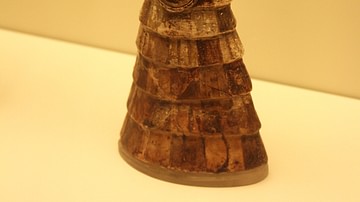
Definition
Egyptian Faience
Egyptian faience is a glassy substance manufactured expertly by the ancient Egyptians. The process was first developed in Mesopotamia, first at Ur and later at Babylon, with significant results but faience production reached its height of...
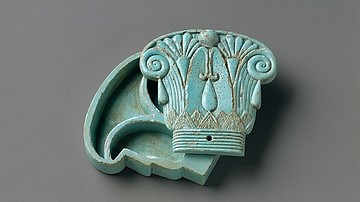
Image
Egyptian Faience Capital-shaped Cosmetic Box
This blue faience box is beautifully crafted in the shape of a Late Period column capital and has been dated to sometime between 664-300 BCE. It once held cosmetic ointments and such cosmetic boxes are well attested to in ancient Egypt. (Metropolitan...
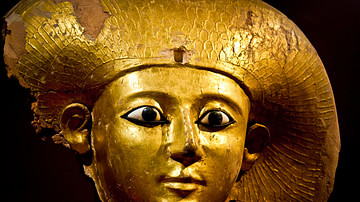
Definition
Ancient Egyptian Culture
Ancient Egyptian culture flourished between c. 6000 BCE with the rise of technology (as evidenced in the glasswork of faience) and 30 BCE with the death of Cleopatra VII, the last Ptolemaic ruler of Egypt. It is famous today for the great...
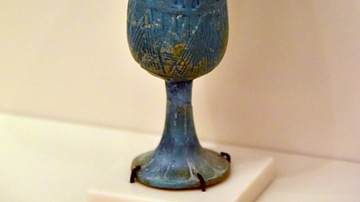
Image
Faience Cup of Shoshenq
Faience cup of Shoshenq with a representation of different deities. From Saqqara, Egypt. Third Intermediate Period, 22nd (Libyan or Bubastite) Dynasty, 944-716 BCE. It is on display at the Neues Museum, Berlin, Germany.
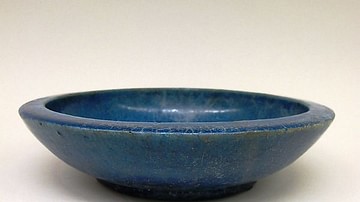
Image
Ptolemaic Blue Faience Bowl
This blue bowl is an excellent example of Egyptian faience ware, and why it was so highly regarded in the ancient Mediterranean. Ancient Egyptian artisans had been producing high-quality faience for millennia by the time this bowl was produced...

Article
Egyptian Gods - The Complete List
The gods and goddesses of Ancient Egypt were an integral part of the people's everyday lives for over 3,000 years. There were over 2,000 deities in the Egyptian pantheon, many whose names are well known - Isis, Osiris, Horus, Amun, Ra, Hathor...
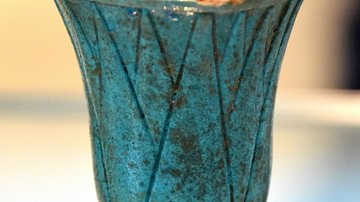
Image
Faience Drinking Cup from the 18th Dynasty
This is a faience (bluish-green) drinking cup. The cup's exterior surface was elaborated with incised decoration representing lotus flower petals. From Egypt. New Kingdom, 18th Dynasty, 1543-1292 BCE. (The British Museum, London)
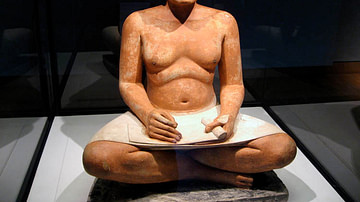
Definition
Ancient Egyptian Government
The government of ancient Egypt was a theocratic monarchy as the king ruled by a mandate from the gods, initially was seen as an intermediary between human beings and the divine, and was supposed to represent the gods' will through the laws...
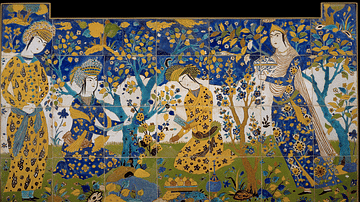
Definition
Persian Seven-Colored Tiles
Persian Haft Rang tiles, also known as seven-colored tiles, are highly decorative glazed tiles used to adorn the exteriors and interiors of both secular and religious buildings. The tiles first came to prominence from the 15th century and...
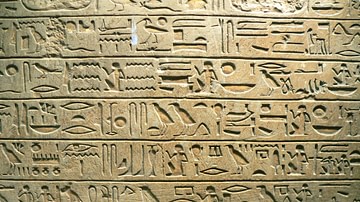
Definition
Ancient Egyptian Literature
Ancient Egyptian literature comprises a wide array of narrative and poetic forms including inscriptions on tombs, stele, obelisks, and temples; myths, stories, and legends; religious writings; philosophical works; wisdom literature; autobiographies...